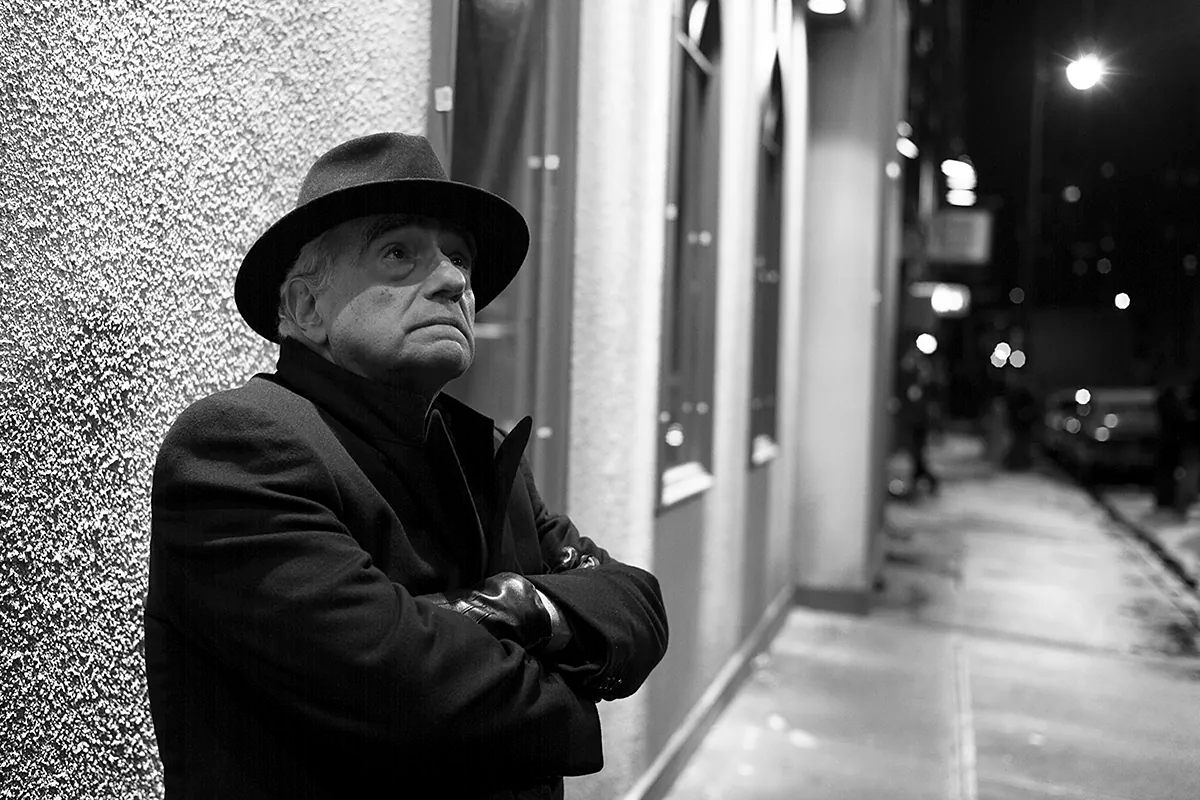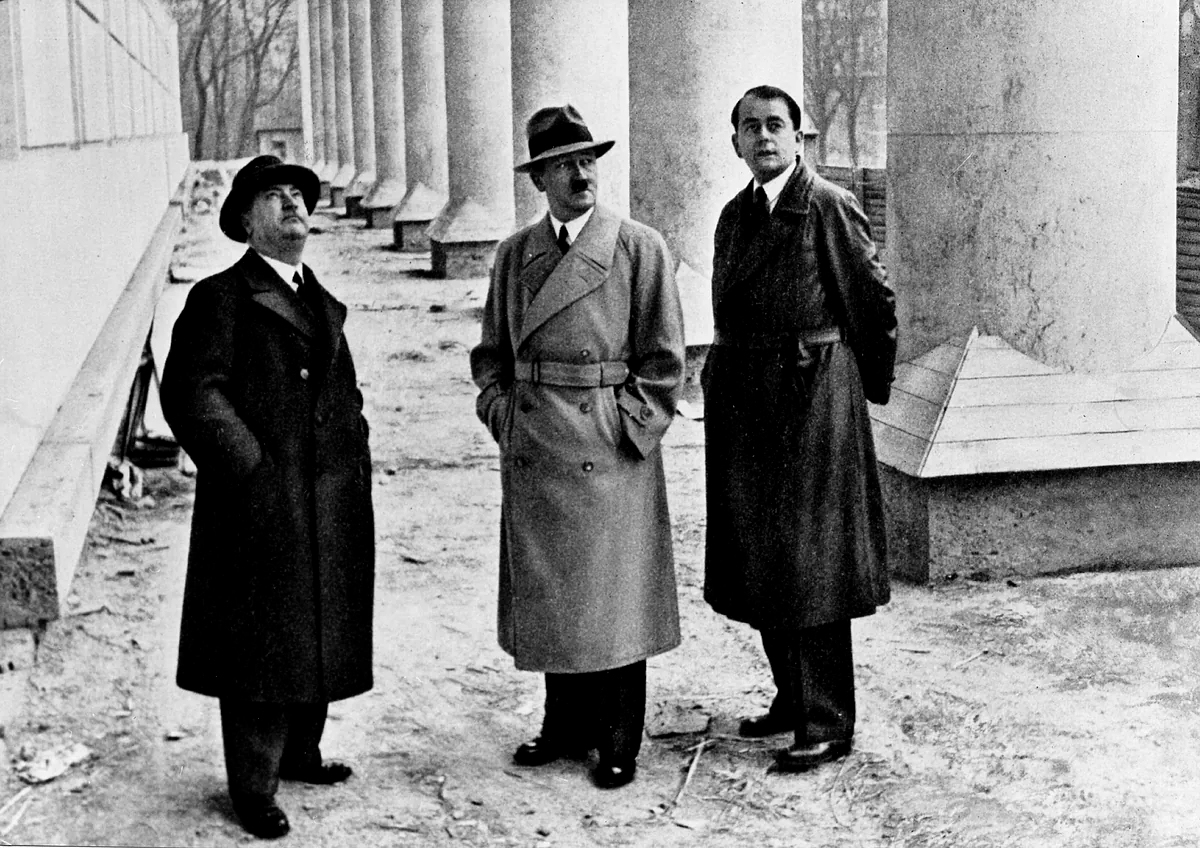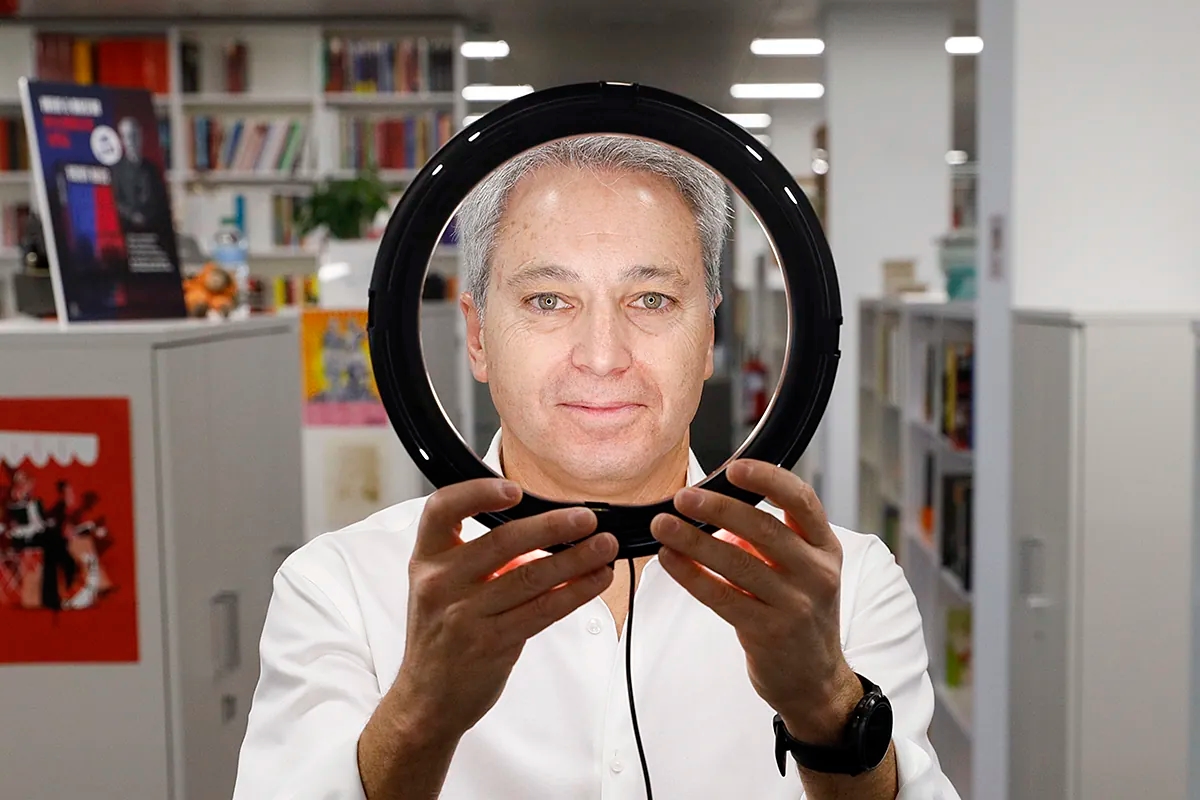The moment Martin Scorsese wished he would die: "His violence is closely related to his Catholicism."

Suddenly, everything is Scorsese. The not-so-invisible hand of the director raised in New York's Little Italy controls, rather than merely inspires, every film released. Scorsese is present in the syncopated montage of blows in Ben Safdie's The Smashing Machine , in the image and likeness of Raging Bull . Scorsese is present in the adrenaline-fueled rhythm of Paul Thomas Anderson's Battle After Battle , following the pattern patented in Goodfellas . The Scorsese of Goodfellas breathes in the unbridled, unprejudiced cinema exhibited in Darren Aronofsky's Loose Cannon . The corrosive Scorsese of The King of Comedy fuels that great black joke that is Ari Aster's Eddington . And Scorsese is, indeed, Scorsese in every second of the five-part mural released by Apple TV+, directed by Rebecca Miller, in which Scorsese talks and talks. He speaks live and recorded through the extensive collection of interviews he has given throughout his life. He speaks through photos of his family, the voices of his childhood friends, the memories of his collaborators, and, of course, through his cinema, which is as indebted to John Cassavetes as it is to Orson Welles, Elia Kazan, Michael Powell, and the countless films analyzed, restored, or recovered by the inveterate cinephile that Scorsese is. It's all Scorsese.
"I imagine," director Rebecca Miller reflects on the other end of the Zoom call, "that from time to time, and much less frequently than we tend to think, there are authors who invent something. Shakespeare invented the expression "eyeball." Before him, that periphrasis didn't exist. Scorsese incorporated his soul into his deep knowledge of film history. And that's why I think his films never go out of style. He has achieved a very emotional cinema, but not at all sentimental. There's a lot of talk about the graphic and explicit violence in his films, but, in truth, what's relevant is the inner violence. What makes him eternal is precisely the unbreathable tension in each of his shots, from the first of his short films (or even from the naive storyboards he made as a child) to The Moon Killers."
Mr. Scorsese— that's the title of the series—reviews the filmmaker's life and work, but, and this is the relevant point, just as a film by Scorsese himself would. At times, the director becomes a character in himself, appearing violent, euphoric, unsuccessful, full of energy, and finally, the bushy-browed, wise, calm, older, and self-disgusted man he already is. We see him as a child, we see him suffering from asthma, we see him in his feverish apprenticeship with Roger Corman, in his cocaine years, at the moment he thought he was dying, in his coronation as "the guy from the mob movies," in each of his crises of faith... We see him, tender and attentive, caring for his wife, Helen Schermerhorn, who is suffering from Parkinson's. We always see him different, and always Scorsese. We see him live and in person, and we see him through his usual editor, Thelma Schoonmaker, through his usual musicians, Robbie Robertson and The Rolling Stones, through his inseparable colleagues Robert de Niro, Leonardo DiCaprio, Daniel Day Lewis (the director's husband at the time), Spike Lee, Steven Spielberg... And we also see him through the eyes of the daughters from each of his four marriages and, why not, we see him through the eyeballs, as Shakespeare would say, of the real-life neighborhood thug from whom the character Johnny Boy (De Niro) came in Mean Streets.

A curiosity. His films are full of low-angle shots, subjective shots of someone looking out the window at what's happening outside. This is, in effect, the master shot of a child with asthma condemned to be a spectator, from the confinement imposed by his illness, of a world that is alien to him and, at the same time, belongs to him. A brilliant collection of scenes, always from Scorsese's always surprised eyes (or should we say eyeballs?).
The most delicate and tense moment in this entire landscape of Scorsesian visions arises when Scorsese himself confesses, after the success of Taxi Driver and just after the cocaine orgy that the filming of New York, New York and The Last Waltz became, that he wanted to end it all in the most radical and existential sense. "Most of me wanted to die," he says. "Why?" asks Rebecca Miller behind the camera. "Because at that moment I couldn't do my job anymore. I felt incapable of creating," he concludes, somewhat melodramatically, but seemingly sincerely. As sincere as it is violent in its stillness. "The truth is, that moment left me speechless. I didn't really know how to continue," the director recalls now in retrospect. "In live performance, it's like in his films. The level of honesty is incomparable to anything, neither modesty nor shame," he adds.
The most revealing and, in its own way, controversial part of Mr. Scorsese's work always revolves around violence. There is one specific event that can perhaps be identified as the Rosebud that determined everything. Scorsese recounts his happy childhood in what he readily describes as the Eden of Corona, Queens. There, the families, almost all of Italian origin, lived in a bubble far from the noise and, indeed, the violence of greater Manhattan. Until something changed everything. His father, Charles, a garment worker, got into a fight with his landlord in the street. "No one knows exactly why... But I do remember precisely that someone pulled out an axe," the filmmaker says, without giving further details. In the end, everything was resolved, there was no bloodshed, but the Scorsese family had to move. They were literally expelled from paradise. Violence threw them onto the violent Elizabeth Street in violent Little Italy. Violence for the sake of violence, the director who best and most violently portrayed the roots of violence itself had just been born, who knows.
"When Raging Bull was released," Miller begins, "a journalist asked him about the violence in his films. It's a 1970 interview. He replies that violence is nothing more than a symptom of an illness. And when the reporter persists and asks him what the illness is, he answers: 'The loss of oneself, violence is the result of the loss of the soul.'" And Miller continues: "Violence in Scorsese is closely related to his Catholicism. He always identifies with the sinner, and hence the torment that each of his characters exudes as atonement for their guilt, their sins, their corrupted and lost soul. Scorsese always identifies with the sinner, and all his compassion is for them."

The filmmaker, as is well known, wanted to be a priest and even entered the seminary from which he was eventually expelled. Once again, out of paradise. "I simply discovered the outside world during an explosive era of rock and roll, the fight for civil rights..." he says as the only explanation for his not-so-holy expulsion. His faith presides over all his work, from The Last Temptation of Christ to Silence , passing through Kundun , and finally reaching the future film about the life of Jesus, still untitled. And alongside it, inseparably, once again, violence. Violence on and off screen. When The Last Temptation... was released, groups of far-right religious fanatics labeled it satanic. "Today I saw the devil incarnate," one spectator is heard saying. And in its own way, the explicit violence tainted by incomprehension and intolerance that Christ himself suffers in the film is, all things considered, the same film suffered. And even he himself.
Isabella Rossellini (his third wife, whom he married in 1979) recalls her ex-husband's near-death experience back in 1978 and his destructive temper in the late 1970s. "He could demolish a room," she says. She remembers the mornings he would wake up angry, muttering "damn it, damn it" over and over again, and she smiles at each memory. Time heals all. "Work first and then therapy took care of taming so much anger," she says. But there were more episodes of unbridled rage. Just after filming Taxi Driver finished, Columbia demanded that the director edit out the entire final, bloody sequence. Jodie Foster recalls in detail how much fun her director had during the meticulous reconstruction of the disaster. "He was thrilled by how the blood turned out," says Foster. "When he was going to blow the guy's head off, he put little pieces of Styrofoam in the blood to make it stick to the wall." "We had a great time," Scorsese adds. But it wasn't to be. He couldn't afford to go on the market with an X-rated film. Scorsese lost his temper and, gun in hand, headed to the studio ready to burn the film. If anyone was going to destroy the film, he'd rather have done it. Brian de Palma and Spielberg remember the episode. They both burst out laughing. In the end, nothing happened. Years later, during the filming of Gangs of New York, an argument between the director and producer Harvey Weinstein ended with a desk flying through the window. And so on.
"I think what best sums up Scorsese's character and even his life is an old conversation with Gore Vidal," Miller comments. At one point, the director himself told the writer that in the neighborhood where he grew up, you could only be two things: a priest or a gangster. "And it was Vidal who told him: 'And you became both at the same time.'"
elmundo




